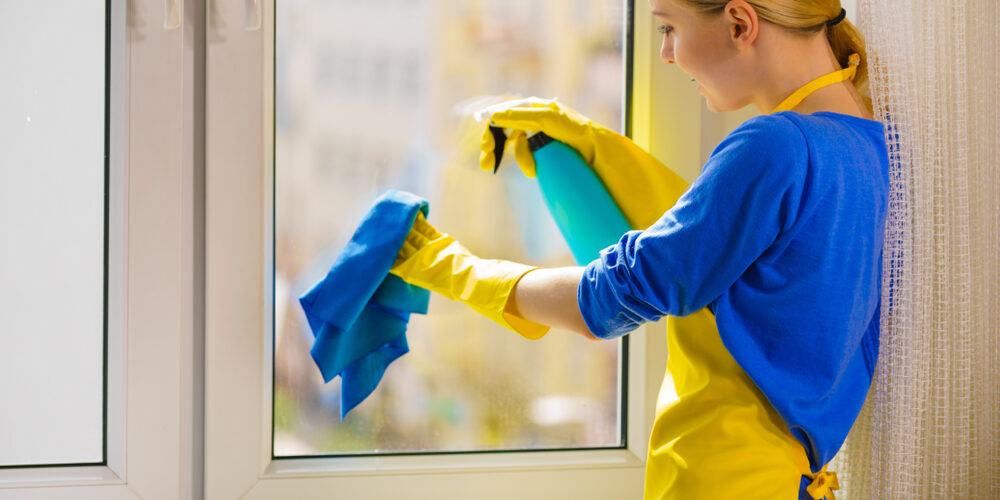Window tinting is typically applied to the inside of windows for several reasons, each related to durability, effectiveness, and maintenance.
Here’s why an inside application is generally preferred…
1. Protection from the Elements
- Internal Application – Tinting film applied on the inside is protected from external environmental factors such as rain, snow, dirt, and debris. This protection extends the life of the film, ensuring it remains effective for longer.
- External Application – Films applied outside are exposed to weather conditions and more prone to wear and tear, requiring more frequent replacement.
2. Durability
- Internal Application – By being inside, the tint is also shielded from external physical damage, such as scratches from cleaning, bird strikes, or incidental contact with objects.
- External Application – Tint applied externally is more susceptible to physical damage and degradation from UV exposure.
3. Efficiency and Effectiveness
- Internal Application – Applying tint on the interior allows it to better interact with incoming sunlight before it fully enters the room, helping to reject heat and UV rays more effectively.
- External Application – While external tints can also reflect UV rays and heat, they may be slightly less efficient due to direct exposure to the elements, which can degrade the film’s reflective properties over time.
4. Installation and Maintenance
- Internal Application – It’s generally easier and more convenient to apply and maintain window tint from the inside. This makes the installation process less subject to weather conditions, and cleaning and maintenance can be done without needing to access the exterior of the building, especially in multi-story buildings.
- External Application – Requires weather-appropriate conditions for installation and poses challenges for maintenance, particularly for windows not easily accessible from the outside.
Exceptions and External Tints
There are situations where external window tinting might be considered necessary…
- Specific Window Types – Some types of windows, such as double-pane glass with certain coatings, might not be suitable for internal tints due to the risk of thermal stress and potential glass breakage. Always consult with a professional or the window manufacturer before applying tint.
- Architectural Reasons – In some architectural designs or for specific aesthetic goals, external tinting might be preferred.
- Specialized External Films – There are films designed specifically for external use, formulated to withstand weather conditions and UV exposure better than standard films.
Conclusion
For most residential and commercial applications, tinting the inside of windows is preferred due to the longevity, effectiveness, and ease of maintenance it offers. Yet, the best choice can vary based on individual circumstances, window types, and specific needs. Consulting with a professional window tinting service can provide guidance tailored to your situation.






